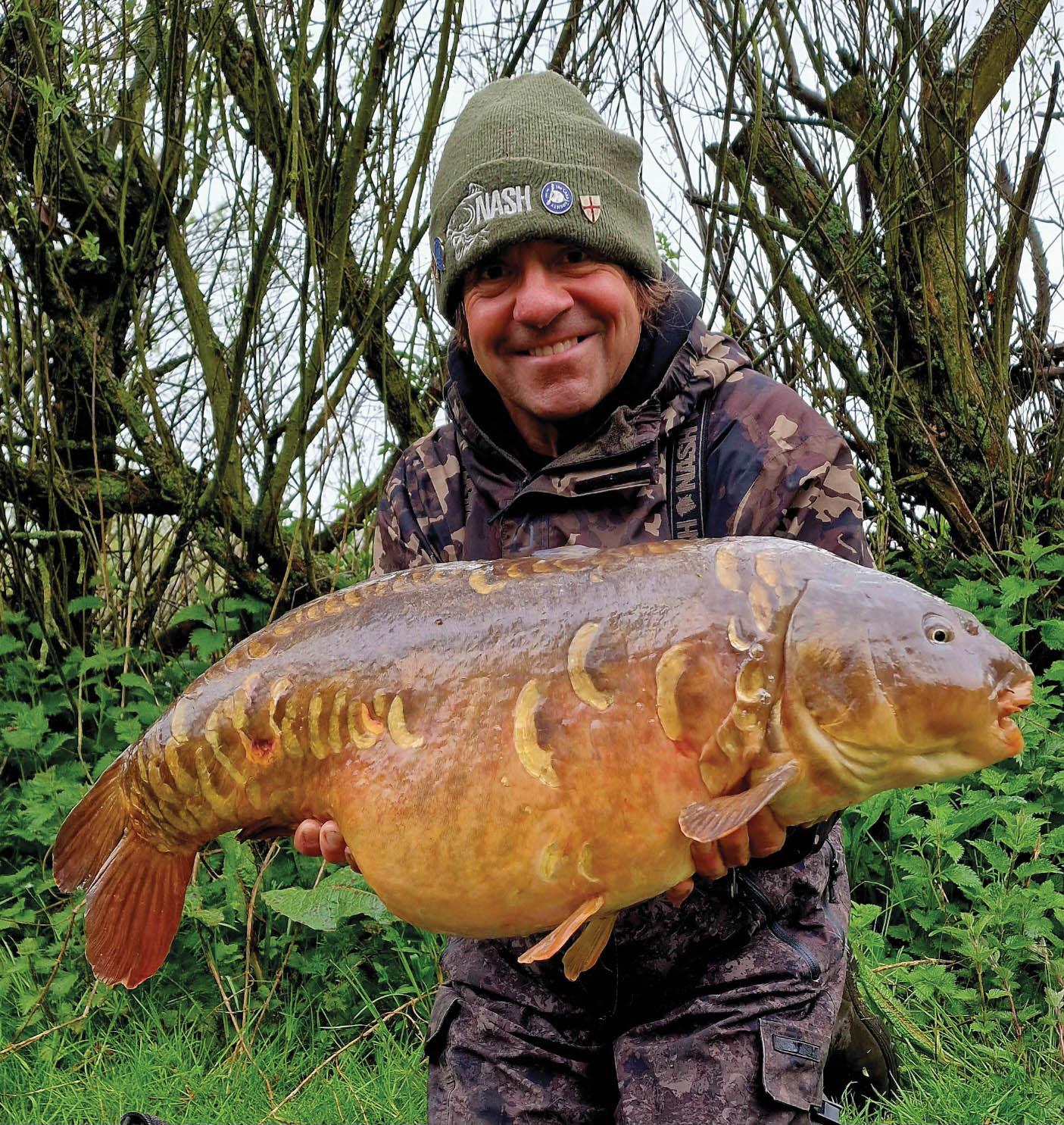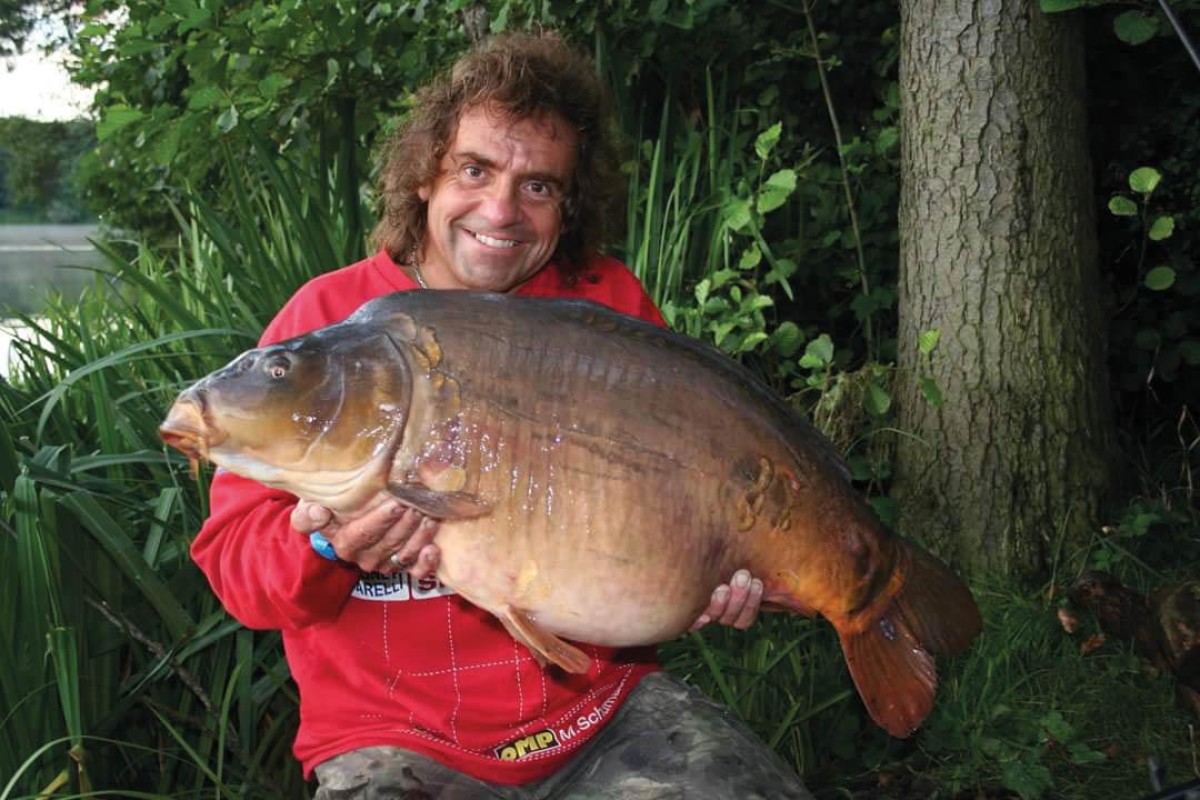
Why I've Stayed Put
Julian Cundiff looks at the origins and development of what’s become his go-to starting rig set-up
Just four words… in fact, four short words that really don’t do justice to fifteen years of fine-tuning and almost forty years of rig development for yours truly, but more on that later. Many who follow my stuff on social media, meet me at shows and conferences or see my work in print, could be forgiven for thinking that the Multi Rig is all I use, and most frustratingly, would miss out on the journey that brought me here, and why it may well be my starting-point, presentation-wise, and nothing more than that.
GETTING THERE
We all have starting points in our fishing, be something as simple as looking around before setting up, using a sharpened hook, feeling for a drop or whatever we know works. Generally, using a Multi Rig is simply one of a multitude of starting points I have to kick off any session, and anyone who tells you they don’t have starting points is either brand new to the sport, lying or missing the point!
Right, to rationalise where I am now with my choice of presentation, it’s important to go back to where it all started almost forty years ago…
Although I’d been a specialist angler since the late seventies, carp fishing as a sole, obsessional pursuit started for me around 1984, when the writings of Kevin Maddocks and Rod Hutchinson captivated my imagination. In their books, and in most articles I read, the author would cast out a bottom bait on some gravel pit or silty mere, and if it was picked up, that was the successful presentation. The trouble was, all my waters were weedy, very weedy, and bottom-bait fishing was very hit-and-miss.
Generally, the set-up comprised a semi-fixed or running lead, six to eight inches of monofilament or Dacron (Maxima or Masterbraid, respectively), a Hair Rig and out-of-the-bag hookbait. Occasionally, a PVA stringer would be used—it probably wasn’t melting, but fingers crossed. It soon became obvious to me, that following quick bites, fish stayed on. Once the rig had been out there some time, however, there was always the chance of a missed run, and fish that would mysteriously fall off. Looking back, it was pretty obvious why, and I’m convinced it still happens today in weed. Once a bottom bait has been out there a while, any movement around the hook, Hair and hookbait, from either nuisance fish or carp, can cause weed to wrap around all three. The longer it’s out there and/or the heavier the weed, the more the issue worsens. The carp sucks in/picks up the combination of hook, hair and hookbait, but the weed around it impedes both presentation and rig mechanics; hence the dropped takes and fish falling off. Well, that’s my take on things (no pun intended), and it’s the reason why, almost forty years on, I prefer my hook point off the deck when I’m fishing over anything other than a clean bottom.
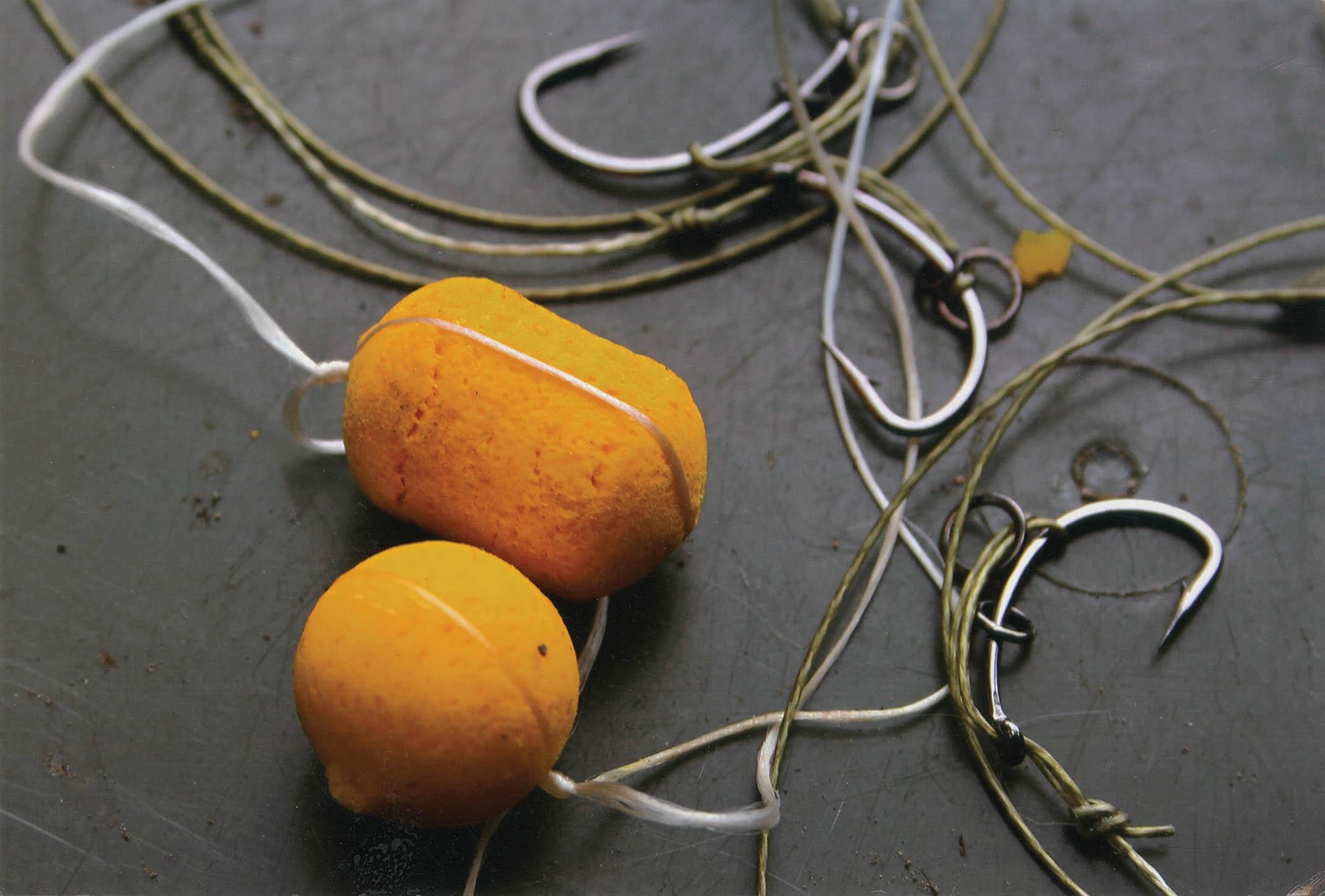
All those who scorned my approach in the eighties, nineties and later, soon changed their mind when their waters became weedy and then jumped on the Hinge Stiff Rig, Ronnie Rig, Choddie and 360º pop-up rigs—not so clunky now eh, guys? Clearly, I needed to have the hook-Hair-hookbait trio away from the weed, so having reread some stuff I’d seen in Carp Fisher, I decided to grill my bottom baits to make them buoyant, add a shot to the Dacron and fish a very basic pop-up rig.
Results were instant. The takes were quicker, the hook-holds were better and very few dropped off. It didn’t work all the time, though, and I soon picked up that too high a pop-up was detrimental to success, and on clean sand pits, clay ponds and the like, bottom baits were far more efficient.
As carp fishing exploded in the late eighties and nineties, the availability of both knowledge and products exploded, too. Dave Chilton and the Kryston empire brought us an array of hooklength materials, both supple and coated. The bait firms produced pop-ups to complement their range, and also brought out pop-up mixes which allowed us to create our own. More importantly, magazines, books, videos and conferences kept us abreast of the latest rig developments from the best carp-fishing minds at the time.
It was a great time to be a carp angler, but not so great for carp that were trying to avoid getting caught. With all the aforementioned at hand, you’d think that my rigs might’ve changed considerably, but in all honesty, in respect of my standard pop-up presentations, not so much. Of course, I experimented with the Big Hook Rig, Bent Hook Rig, etc., but most of the time I continued with a coated braid, a hook, a line aligner and a pop-up. I’ve always been (and still am) a one-rig-per-take/fish angler, and my presentations were tied accordingly. Generally, I’d tie a Hair with the supple braid or stripped part of the coated braid, and once Knotless-Knotted, I’d thread the pop-up onto it. However, with the advent of harder pop-ups, I’d replace the Hair with a 2mm ring, tie it to the hooklength, Knotless-Knot it to the hook, and then floss-loop on a pop-up—almost like the Swimmer Rig that Rob Maylin wrote about. In today’s world, that would be a very basic set-up, although it would still work. You don’t know what you don’t know, however, and it served me well.
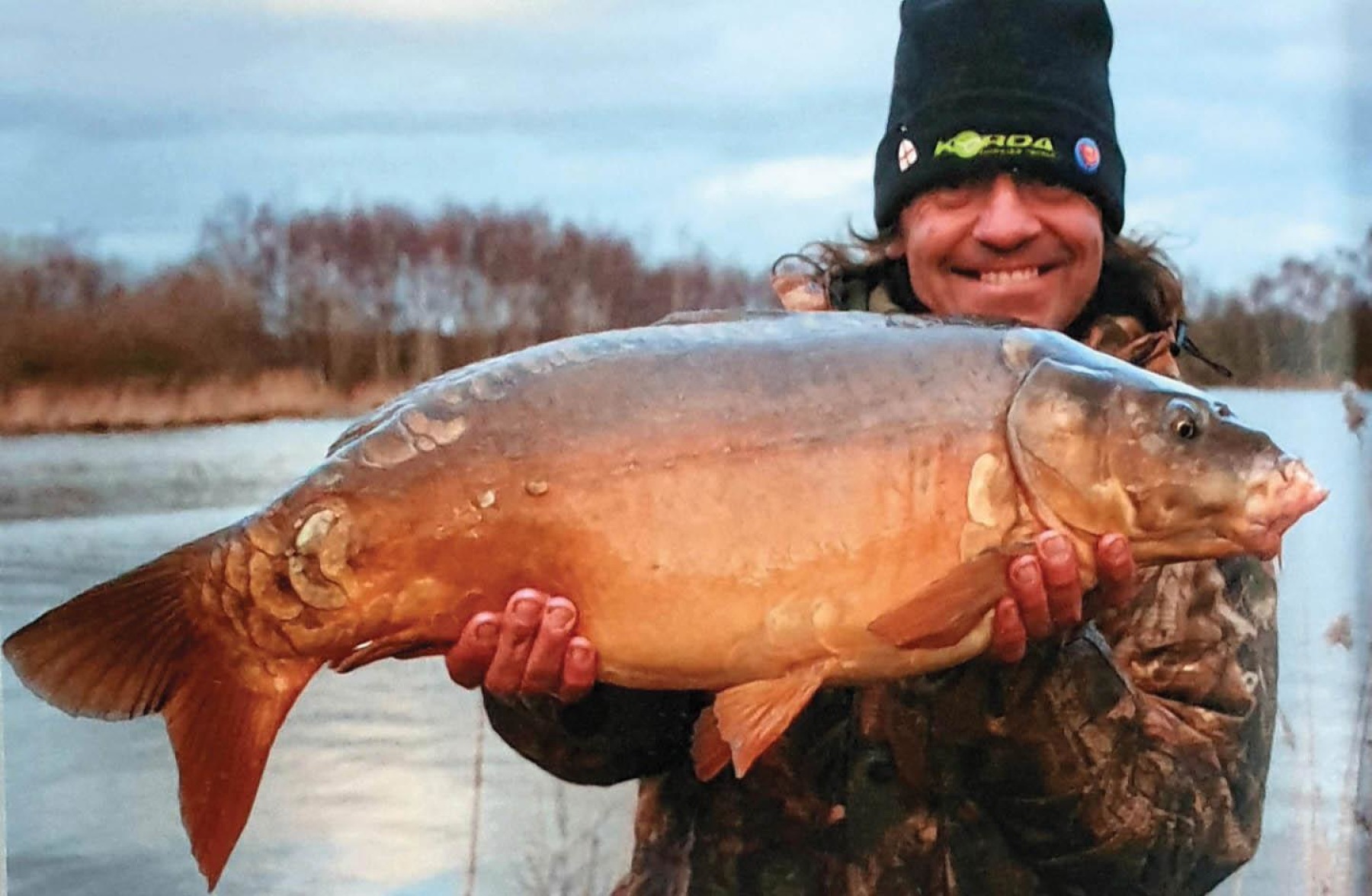
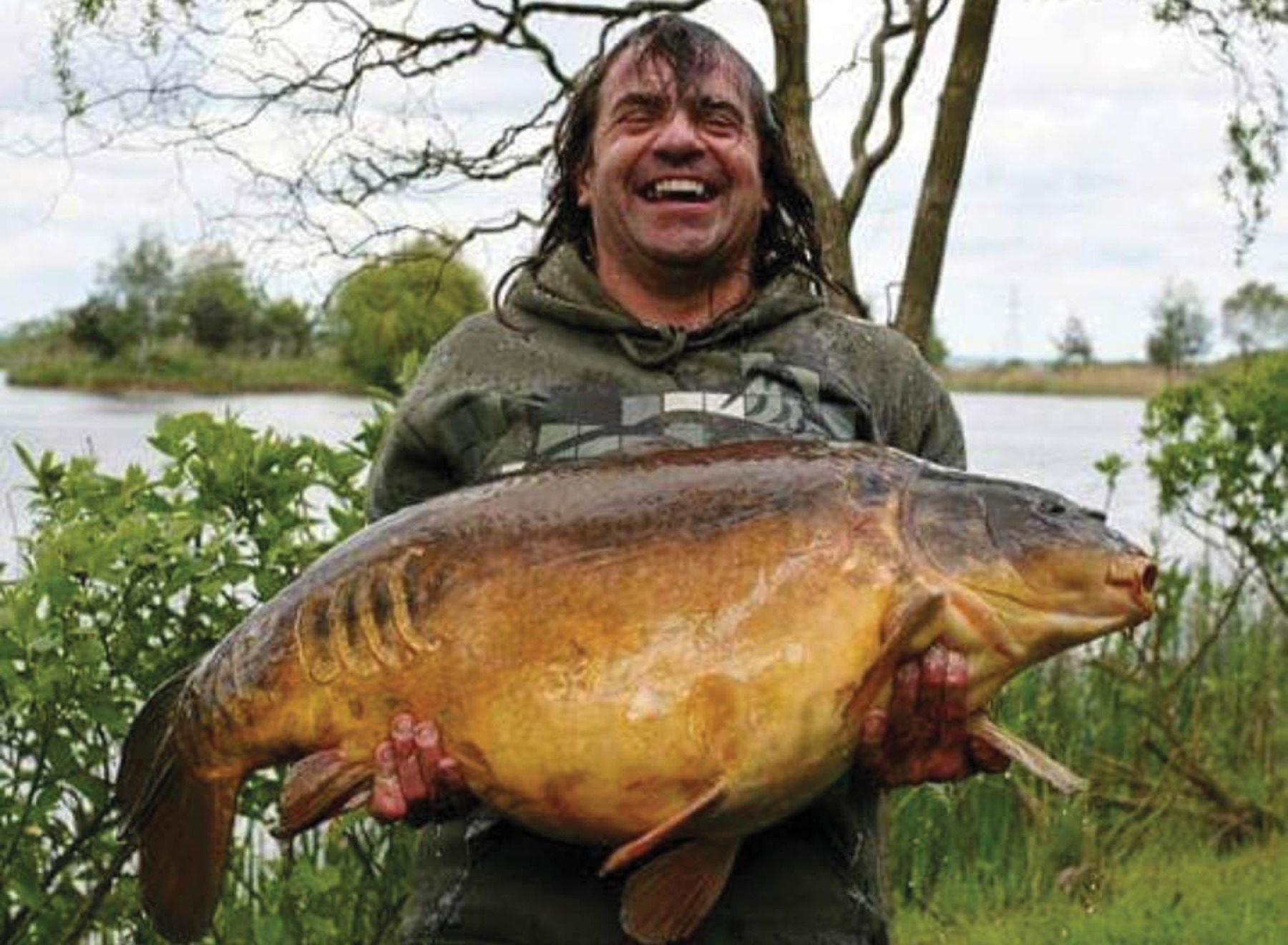
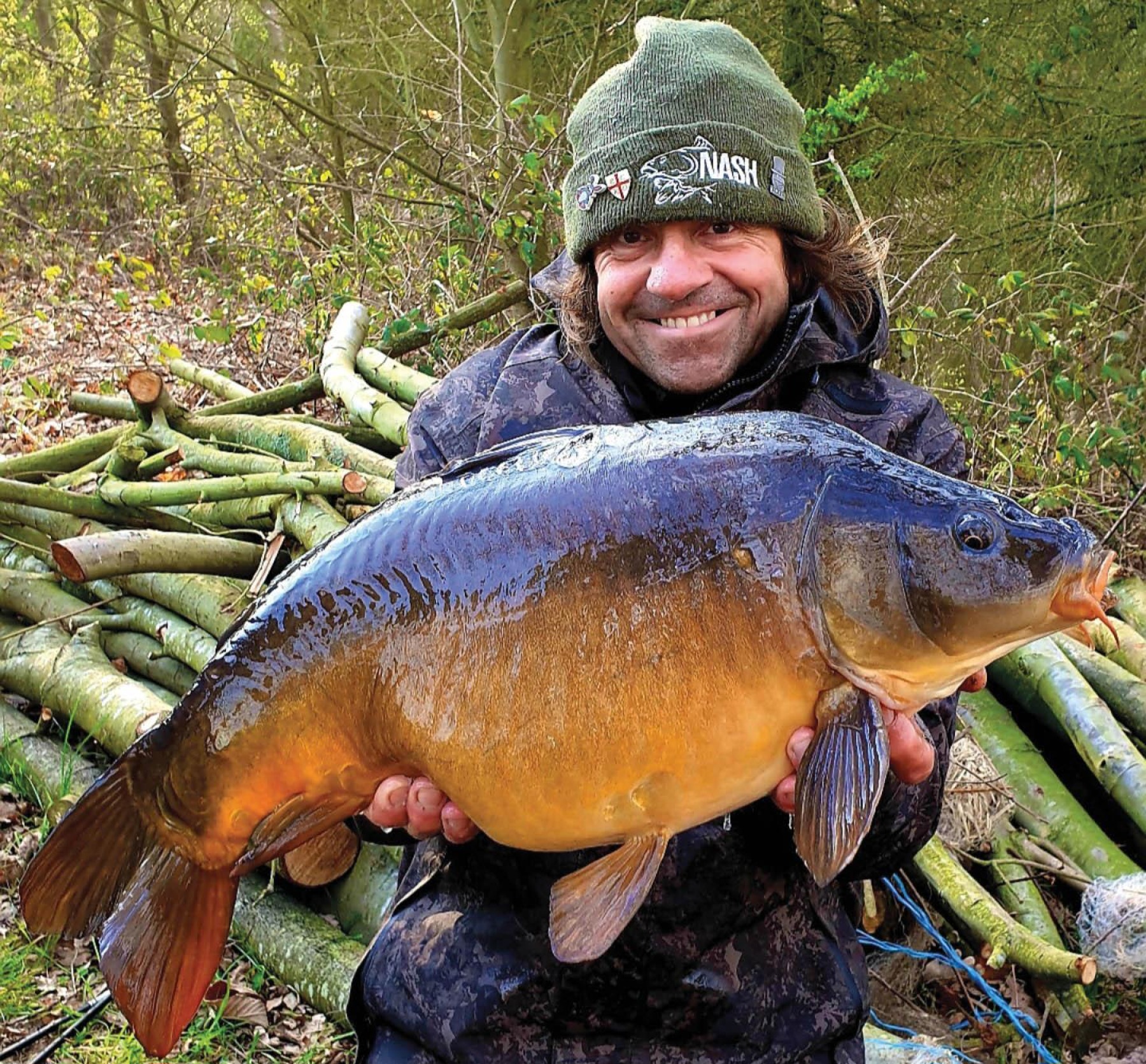
RIG WORLD
Way back in the nineties, when I was heavily involved in editorial duties with Carpworld, we decided to run two regular columns, ‘Rig World’ and ‘Bait World’, and Mike Kavanagh was the obvious choice for the rig column. He had an inventive mind, was a great writer who could deliver quality work on time, and he wasn’t tied to any one tackle company.
In 2001, I read his piece in Carpworld. It was all about the Multi Rig he’d come up with and had field tested at Harefield in 2000. As a presentation, it had a multitude of potential uses. It also allowed you to change your hook without also removing the hooklength. That side of things didn’t interest me at all, but what I did like was how the pop-up sat, in particular, how close you could fish it to the deck, and how aggressively it turned/spun when taken in by a carp. Julian Cundiff and the Multi Rig were joined together thereafter.
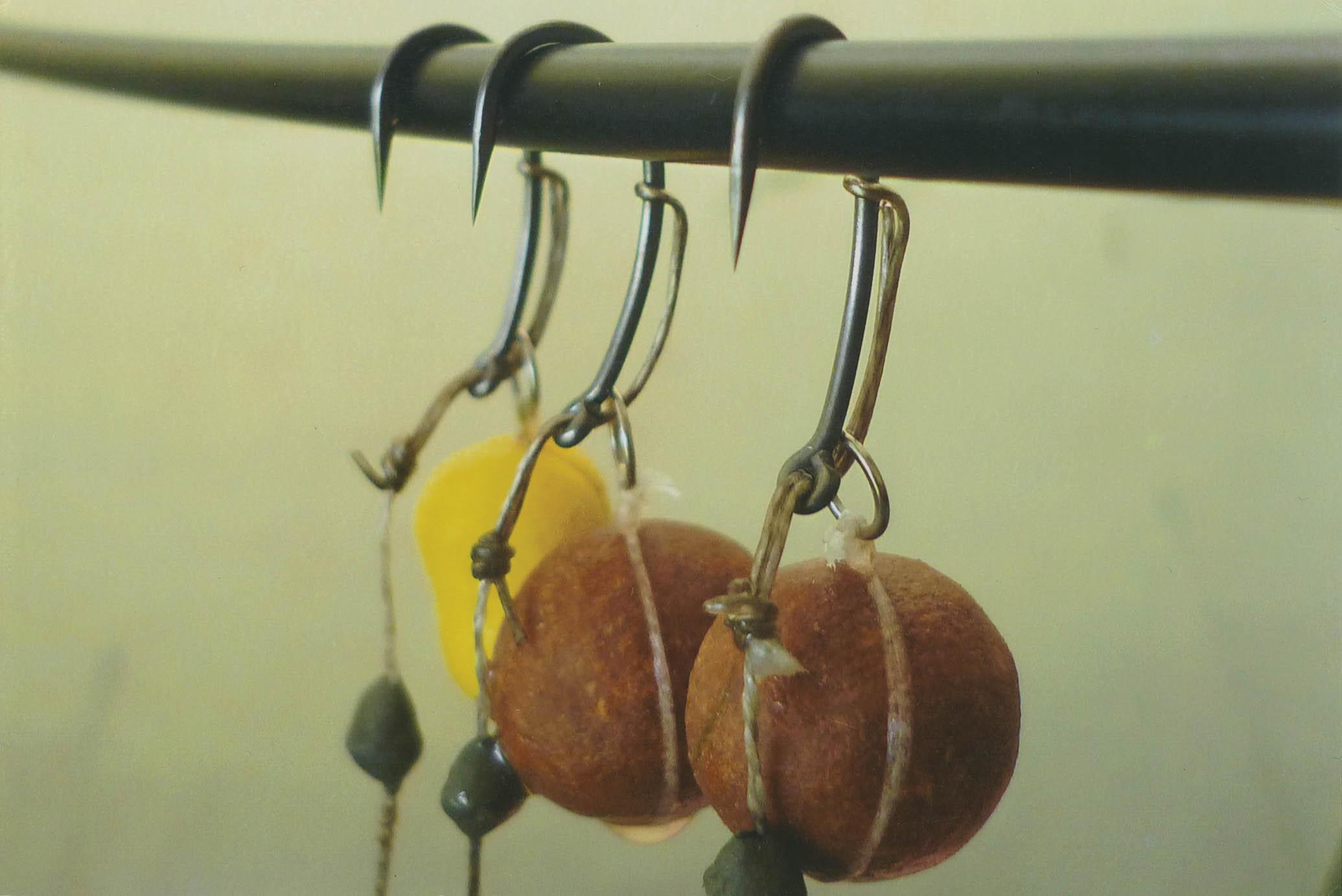
FINE-TUNING
Initially, I copied it exactly as Mike showed it—as you do—but in the following years, I fine-tuned it to suit me and my fishing. Some of the fine-tuning was down to better and more suitable products becoming available. Much of it, though, came after putting in many hours on the bank. Tweaking things improved the number of takes I had, the quality of the hook-holds and, as a consequence, reduced the number of fish I lost. It didn’t all happen overnight. Heck, probably fifteen years of fine-tuning passed before I came up with what you see now, but as a starting point for a pop-up presentation, and occasionally a bottom-bait set-up, nothing comes close.
There were many tweaks, but the big three were the addition of the shrink-tube kicker, use of a sharpened hook, and over-shotting the pop-up. Those three turned what was a good presentation into one that keeps going, year in, year out.
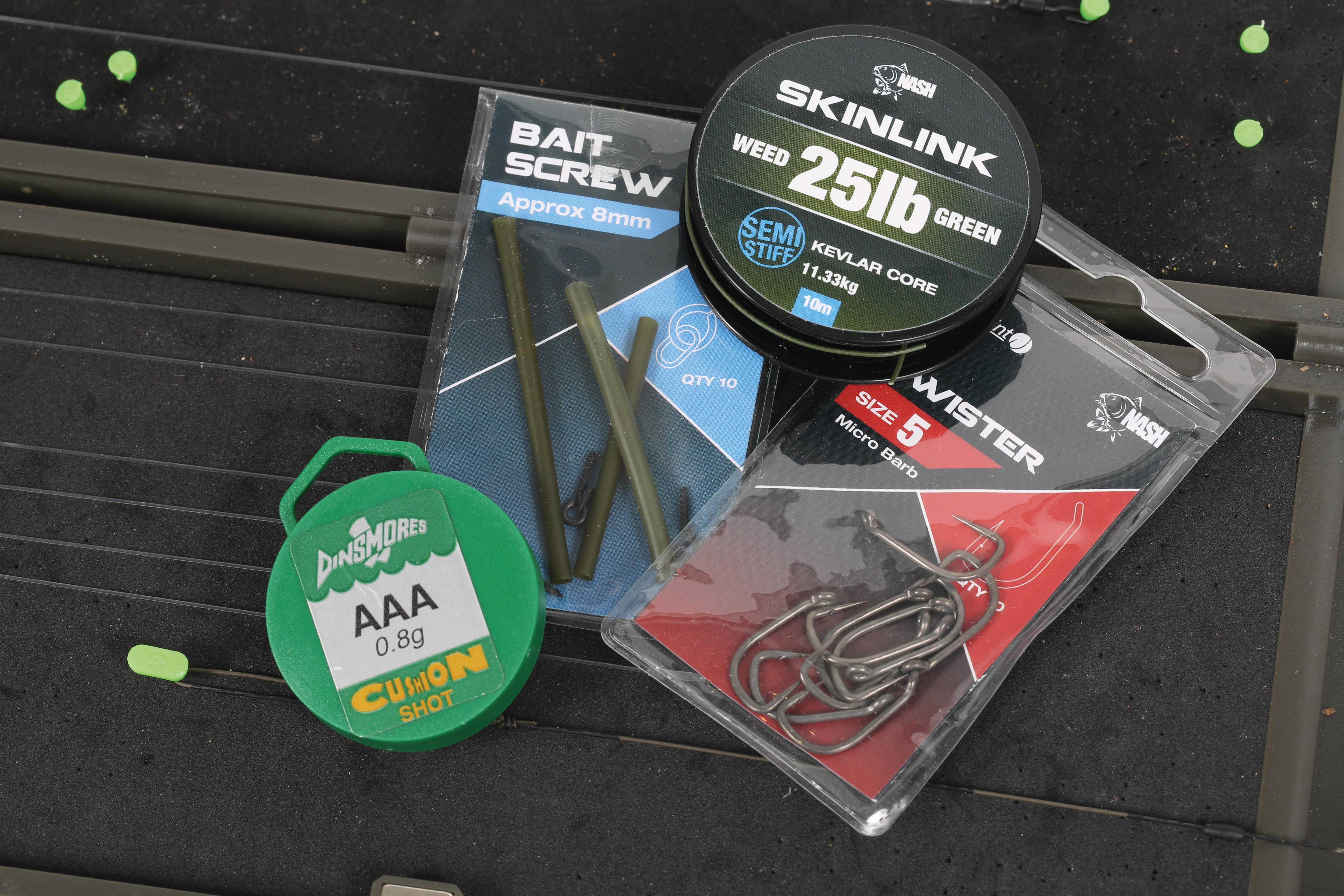
MY REASONS
Why do I favour the Multi Rig? Not because I can change hooks, or use it with pop-ups, bottom baits or wafters, I assure you. It’s because of the thousands of carp I’ve caught on it over the last twenty-odd years, on deep and shallow waters, at long- and short-range, from pressured venues and prolific, during summer and winter, and with a helicopter set-up or a lead clip—the proof is in the pudding an’ all that.
You want to really see how good a rig is? Go back in time and check out printed material or social media. It’s there in black and white, going back fifteen years-plus. There aren’t many that can claim that, I can assure you. I’ve tied thousands upon thousands of them, have done films and talks on the rig, and you know what? Not one person has ever said, “Well, it never worked for me, Jules.” Just like a quality bait and walking round to locate fish, you can’t argue against starting points, even in a world of fake news, hype and bull! Enjoy, and thank me later…
